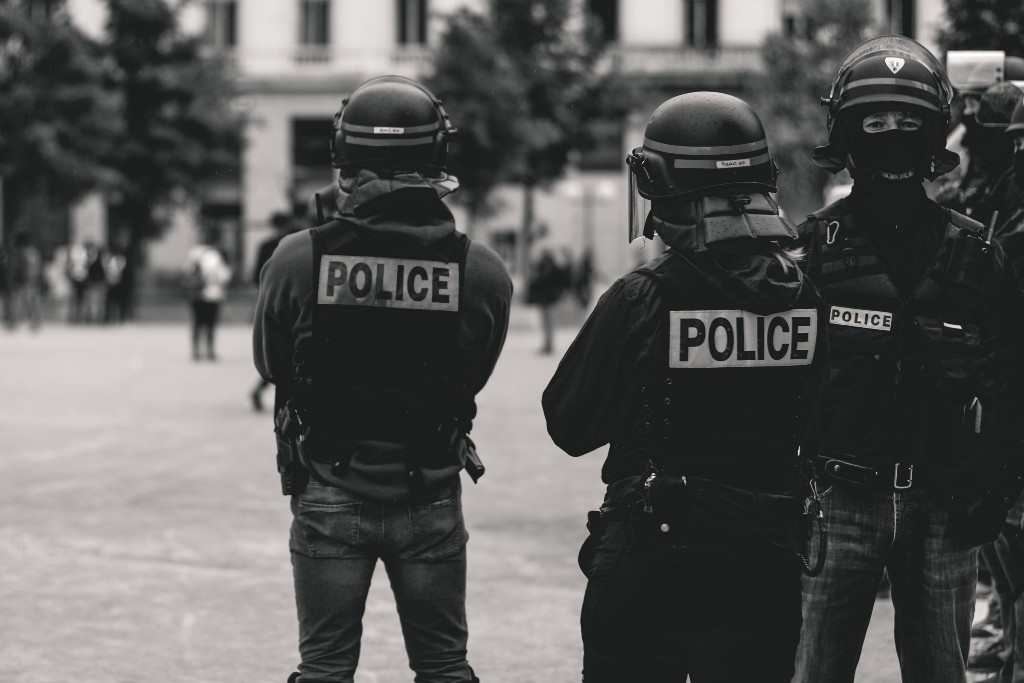The body-worn cameras used by the District’s police have been the focus of a hearing at the D.C. Council, which listened to many negative comments from residents and spokespeople of various organizations.
On October 21, Charles Allen, head of the Council’s Committee on the Judiciary and Public Safety, heard people’s complaints on the body-camera program of the D.C. police.
The pilot program was launched in 2014 in the hopes of expanding transparency on the dealings of police officers. Starting off with 400 officers, the program has reached more than 3,000 cameras over the course of five years.
Monday’s five-hour-long hearing at the D.C. Council evaluated whether the cameras have met people’s expectations. The criticisms against the practice were about the videos captured by the cameras not being made public by the police department in most incidents and that there is no sufficient sanction against officers for not using the cameras.
Another criticism was the lack of regular scrutiny of camera footage.
At the same time, we're concerned about when the BWCs can be used as passive surveillance, especially during First Amendment-protected activities such as protests and demonstrations. Here's why: https://t.co/PurUvimJ4t
— ACLU of the District of Columbia (@ACLU_DC) October 21, 2019
“After five years, it’s appropriate to take a step back and look at what parts have worked well and which parts haven’t worked well, and help guide where we go from here,” Allen was quoted as saying.
“I think body cameras are here to stay, and they should be. But just putting a body camera on every single officer and sending them out there does very little. It has to be part of a broader system of accountability and transparency. If the department’s not watching the videos, it doesn’t matter that they have them,” Emily Gunston, a representative for the Washington Lawyers’ Committee for Civil Rights and Urban Affairs, said.
The committee will be listening to citizens’ observations on police body cameras through November 4.

